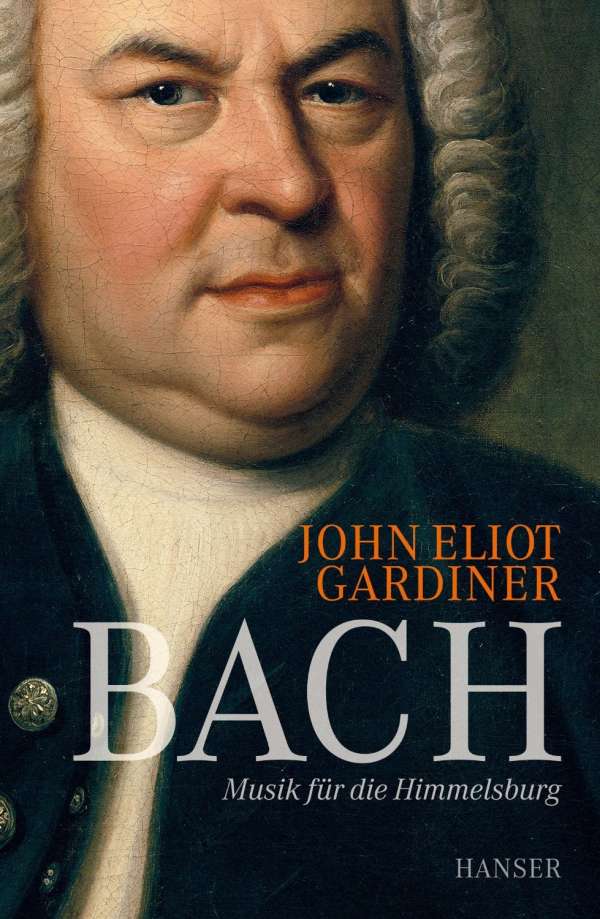

Studying a manuscript copied by one of Bach's underlings, Gardiner notes that the pen suddenly veers off the page, and concludes that the master had just boxed the dozy pupil's ears. Employed as the supposedly obedient servant of clerics and town councils, he consistently defied their orders, absented himself without leave, and composed music that baffled and sometimes offended them. Gardiner notes how inured Bach must have been to pain and grief: he lost his parents during childhood, and 12 of his own 20 children died before reaching the age of three. His book is not a biography, but its guesses about the inner life of an impersonal man are shrewd. Bach's supremely ordered music, Gardiner suggests, is engaged in a desperate struggle to keep chaos at bay.

And he detects a glint in those fixed, asymmetrical eyes – a hint of the mad exuberance and raging complexity vented in his fugues or in the wild cacophony when the chorus in the St Matthew Passion demands Christ's death. But Gardiner now fastens on the "fleshly lips and jowls" that tell of Bach's partiality for food and drink: severity is countered by sensuality. The nose is still beaky, and the eyelids have a weary, elderly droop. In Princeton, where the portrait (pictured) is now located, he looks both at it and through it, discerning the character of this most detached and unconfiding of artists.

On his way upstairs to bed, the young Gardiner always flinched from the zealot's "forbidding stare".Īt the end of his long book, after a lifetime spent studying and conducting Bach's choral works, Gardiner finally has the courage to return that stern gaze. Gardiner actually grew up under the eye of the bewigged Lutheran cantor: a portrait of him had been entrusted to Gardiner's parents – who raised their brood with sung graces at mealtimes and traditional country dances afterwards – for safekeeping during the war.

B ach might be John Eliot Gardiner's godfather, a few centuries removed.


 0 kommentar(er)
0 kommentar(er)
